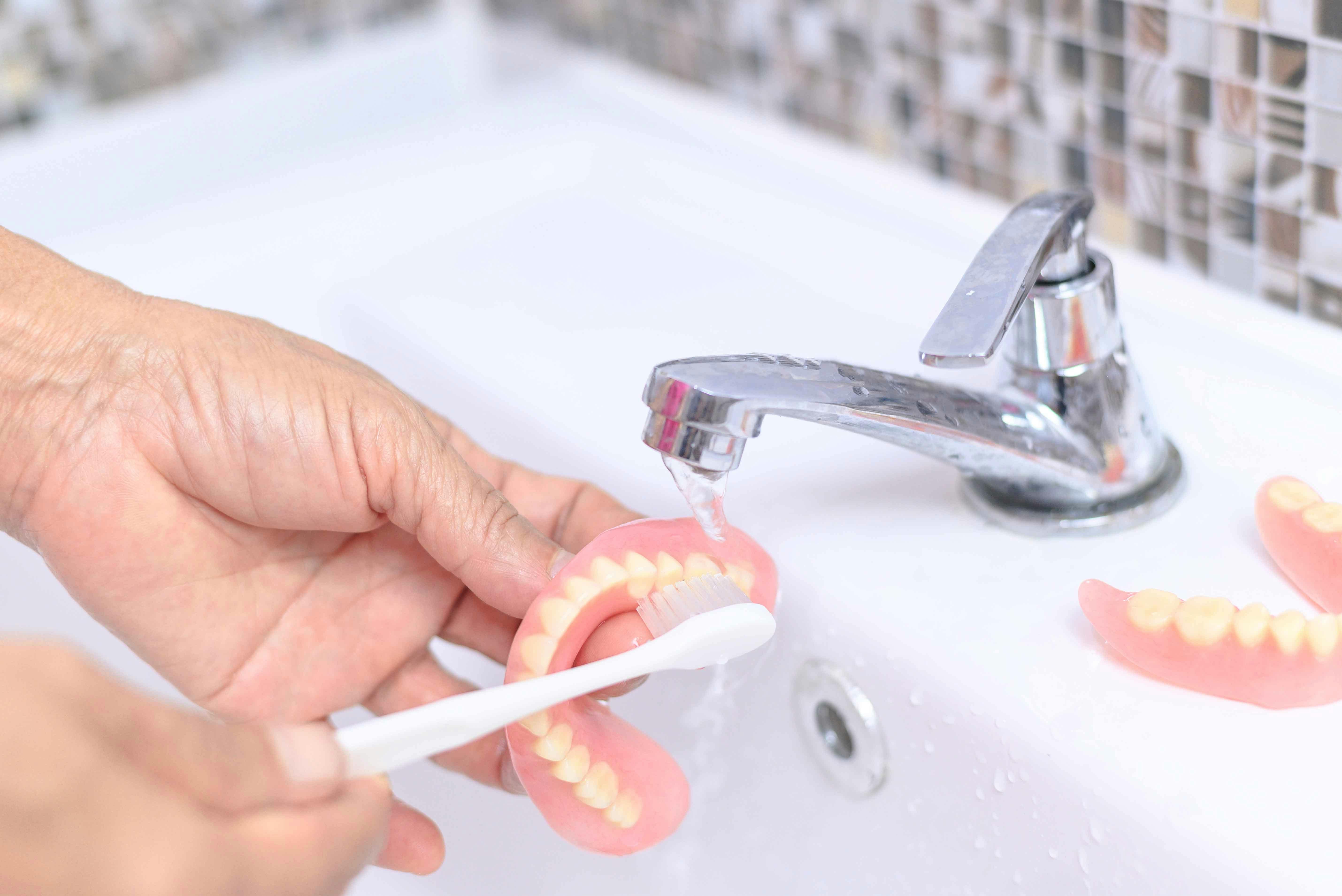
Stuck? Let’s Talk Solutions
Ever try peeling off duct tape from a shirt? There’s always that one sticky patch… Well, removing Poligrip at the end of the day can feel a bit like that, can’t it? Not impossible, but oh boy, sometimes stubborn. If you’ve ever stood in front of the mirror, toothbrush in hand, muttering “How to remove poligrip without a wrestling match tonight?”… You’re so not alone.
Stick with me. I’ve chatted with dentists. I’ve swapped stories with friends and family. And I’ve gathered all those “wait, what actually works?” hacks into one, bite-sized read. Let’s ditch the soreness and the gluey leftovers—for good.
Why Poligrip Lingers Longer
If you use dentures, you know Poligrip (and other denture adhesives) is like superglue in a tiny tube—great for dinner dates, but sometimes it overstays its welcome. Why does it hang on for dear life some nights?
First: Poligrip is designed to create a seal between dentures and gums. That’s how it keeps everything in place while you chew or chat all day long. But—surprise!—once the job’s done, it doesn’t always want to let go, especially if you’ve applied a bit too much, or if there’s extra suction going on up on the roof of your mouth.
Is Leaving It On Really a Big Deal?
I used to think any leftover adhesive would just “disappear” overnight. (Spoiler: It totally doesn’t.) If you leave Poligrip or similar stuff hanging out in your mouth, bacteria and plaque can set up shop. You might even notice red, sore gums in the morning. And yes—bad breath can sneak in, too. (Gross, right?)
Quick true story: My neighbor Joe once skipped removing his denture goo because he was “too tired.” A day later, his whole mouth felt off. Cue an unexpected dentist pit stop and a gentle “let’s clean a little better next time” chat from his hygienist. Lesson learned, right?
Step One: Loosen The Hold (No Wrestling Required)
Okay, so you’re ready for bedtime. Your dentures aren’t budging. Who wants to yank? Not me. Here’s the secret: start with a warm saltwater rinse. It’s like magic for breaking up that gluey seal, and it’s super gentle on your mouth.
Just fill a glass with warm water, add a small spoonful of salt (think: beach breeze, not ocean storm), then swish for a good 30 seconds. It’ll soften the adhesive and soothe your gums at the same time.
Salt Water or Plain Warm Water: Does It Matter?
Honestly, both do the trick, but salt brings a little extra muscle to dissolve what’s left behind. Plus, it helps tame any gum crankiness you might get. No need to overthink it—just make sure it’s not too hot. You don’t want to warp your dentures or zap your mouth with a mini heatwave.
A friend of mine swears by doing this after big meals. She says it turns “sticky horror” into “five-minute fix.” Gotta love the little wins.
The Rock and Roll (Yes, Your Dentures Love to Dance)
Once everything’s feeling a bit looser, it’s time to gently remove your dentures. Here’s where I used to make rookie mistakes: I’d pull straight up, which sometimes felt… let’s say, uncomfortable. Dentists recommend rocking your dentures—a little wiggle left, a little wiggle right. Imagine you’re easing off a tight shoe instead of ripping off a bandage.
But What If It’s Stubborn?
No shame here. If it’s extra stuck, try sliding a fingertip under the edge of the denture to gently coax it loose. Still not moving? More warm salt water. Seriously—patience pays off here.
For those super stubborn spots, like where the roof of your mouth feels glued down, there are in-depth guides worth checking out, like this one: How to remove Poligrip from roof of mouth. Sometimes it’s a technique game, not a strength game. (I wish someone had told me that year one!)
One time, my friend Sandra got so into the “rocking” motion she nearly dropped hers in the sink—almost lost them to the drain! Now she leans over a fluffy towel, just in case.
Wipe It Out: Cleaning Up That Sticky Residue
Okay, dentures are out… but the story isn’t over yet. (I know, right?) Now, it’s about getting rid of every bit of sticky stuff—on your gums, your palate, AND your dentures. Trust me, this is the part that makes everything feel fresh the next morning.
You’ll want a soft toothbrush or a damp washcloth. Think: gentle, gentle, gentle. Use warm water and, on the gums, a little non-abrasive toothpaste is fine. Make sure to move in small circles—don’t scrub like it’s a burnt pan. More is not always better in this case.
What About My Dentures?
Here’s the deal: treat them kindly. A soft denture brush, a bit of denture cleanser or even just warm water is best. Avoid harsh toothpaste, which can put tiny scratches in your dentures (and those attract more gunk. Ew.). Give them a good soak overnight in the cleanser of your choice.
The Quick Comparison Table: Who Does What Best?
| Tool | What It’s For | Why It Helps |
|---|---|---|
| Soft brush | Dentures | Gets all crevices (no scratches!) |
| Damp cloth | Gums, palate, roof | Super gentle, zero irritation |
| Saltwater soak | Loosening adhesive | Cheap, natural, soothing |
One woman in my support group said her gums felt sore after brushing—she switched to a soft cloth, and poof—problem solved. Sometimes it’s the simplest fixes that save the day.
Some folks also use product-based solutions. If you’re someone who loves having a tool for every job, there are options like Denture adhesive Remover that are made for exactly this sticky situation. Worth a peek if regular rinsing isn’t quite cutting it (especially if you have dexterity issues—sometimes our hands just aren’t having it by bedtime!).
How to Remove Poligrip Naturally: No Chemicals Needed
I know—some of us don’t want to use extra cleansers or products if we don’t have to. Totally fair. You can absolutely handle how to remove poligrip with stuff you’ve already got around the house.
Salt water, warm water, a soft cloth… that’s it. Keep it simple, keep it natural. Sometimes (especially after a long day or if your skin is a little sensitive), you want less fuss. Gently swab the roof of your mouth and your gums; dab, don’t rub. Patience here means less soreness tomorrow.
Some folks try a tiny bit of baking soda paste for those rare stubborn zones—just be careful, because it can be gritty if you use too much. The key? Listen to your mouth. If it says, “Ow,” back off and try a softer touch or simply more rinses.
One of my relatives switched to these natural steps and instantly stopped getting those angry red patches on her gums. She’s now the “gentle gum” queen in our family group chat.
Still feeling like something’s hanging on up top? For specifics on dealing with that (tricky!) spot, this read breaks it down: How to remove Poligrip from roof of mouth. You’ll never look at your palate the same way again—promise.
Make Tomorrow Easier: Smart Tips for Preventing Sticky Overload
Want to make this whole process easier? Here’s the trick: use less adhesive next time. Seriously. A tiny dab should do the job—if it’s oozing when you put your dentures in, that’s your sign to dial it down.
The other biggie: get your fit checked. Dentures and gums change with time. If you’re relying on tons of Poligrip to keep things in place, it might be time for a reline or adjustment. (Confession: I waited way too long myself. All it took was one dentist visit and suddenly dinner was a breeze, no gooey aftermath!)
And hey, if homemade or natural routines just aren’t enough, you can try a specifically designed Denture adhesive Remover. No shame in a little extra help—sometimes life throws you a curveball, and it’s good to have backup.
When to Call in the Pros (and Why That’s Okay!)
If that stubborn residue just will not quit—or if your gums start looking red or feel sore no matter what—don’t tough it out. Call your dentist. Sometimes, a quick adjustment is all it takes, and your mouth will thank you. (Been there, trust me. It’s worth it.)
One reader sent in their story about being “glued shut” for hours—turns out, a dental relining was the answer, and now he barely uses adhesive at all. Good news for anyone hoping to spend less time scrubbing and more time, well, doing literally anything else.
Final Thoughts: Your Mouth, Your Comfort, Your Rules
Whew, we covered a lot! Want the cliff notes? Here goes… For the best shot at removing Poligrip without a nightly battle: loosen things up with warm saltwater, gently rock your dentures free, and wipe away every last sticky bit with a soft brush or cloth. Stay natural if you love simple, or grab a Denture adhesive Remover if that helps you sleep a little easier. Don’t forget—less is more with adhesive, and don’t be shy about seeing your dentist if things feel off.
Your mouth deserves comfort, confidence, and a little TLC every evening. Every step you take to keep things healthy pays off. And hey, share your own tips below—let’s make this the go-to spot for anyone asking: “How do you really get Poligrip off?” You rock, and so will your next denture cleaning routine.








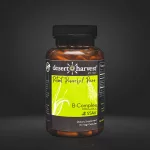
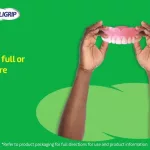


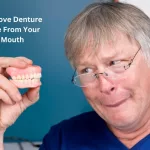

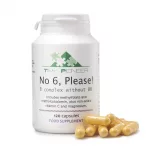
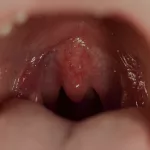
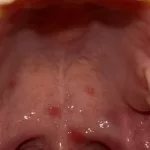
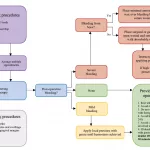
Leave a Reply
You must be logged in to post a comment.